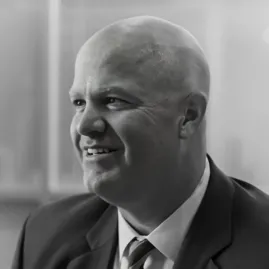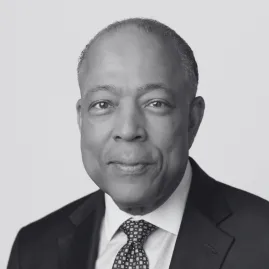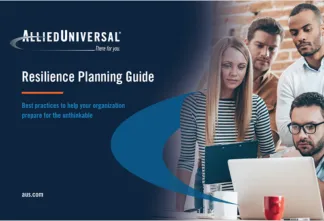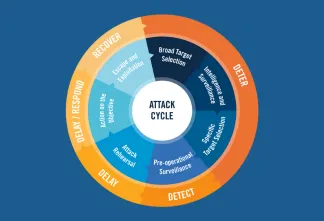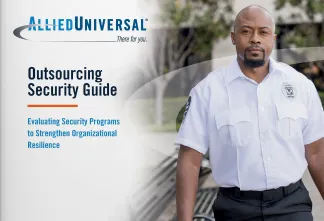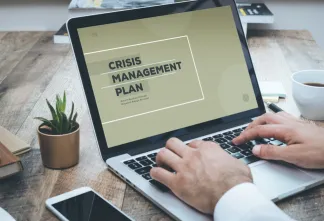When Seconds Matter, Readiness Counts
Explore expert strategies to detect, delay, and respond to high-consequence threats like active shooter events.
Gain insights from law enforcement, intelligence, and military leaders on preparing for evolving threats—from lone-wolf attacks to targeted violence in public and corporate spaces.

Watch the Webinar On-Demand
Complete the form below to access the full on-demand webinar. Learn how security leaders across military, law enforcement, and intelligence fields prepare for and respond to high-consequence threats, including active shooter events.
Build a Smarter Threat Response
-
Identify Early Warning Signs
Understand how to detect threats before they escalate—using human intelligence and advanced surveillance analytics.
-
Delay and Disrupt Attacks
Learn how physical design, procedures, and voice-down technologies can slow or prevent high-consequence events.
-
Strengthen Crisis Response Plans
Explore how top teams train, rehearse, and coordinate across departments to react quickly and recover confidently.
Featured Speakers
Insight from the Experts
Security leaders from military, law enforcement, and intelligence fields share how real-world experience shapes how they detect, deter, and respond to high-consequence threats. Their insights reflect both strategic planning and on-the-ground realities in the face of evolving attacks.
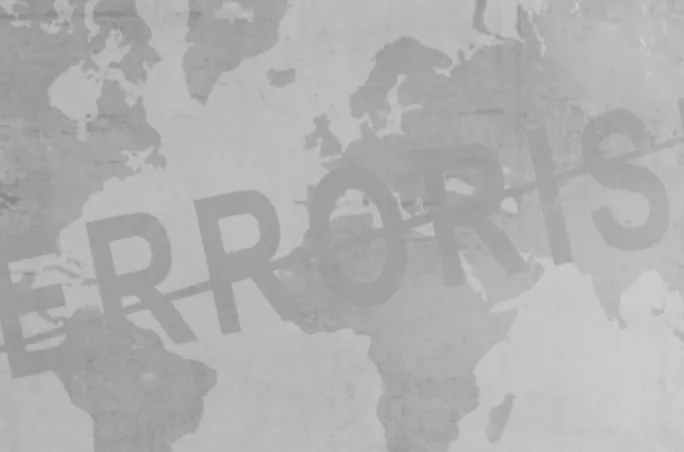
Threats by the Numbers
-
53%
of respondents have personally dealt with a threat scenario
-
>60%
of recent attacks involve low-tech weapons (e.g., handguns, vehicles, knives).
-
1 second
can make the difference between containment and catastrophe in an active shooter scenario
-
Up to
30% of threats come from insiders or disgruntled employees








